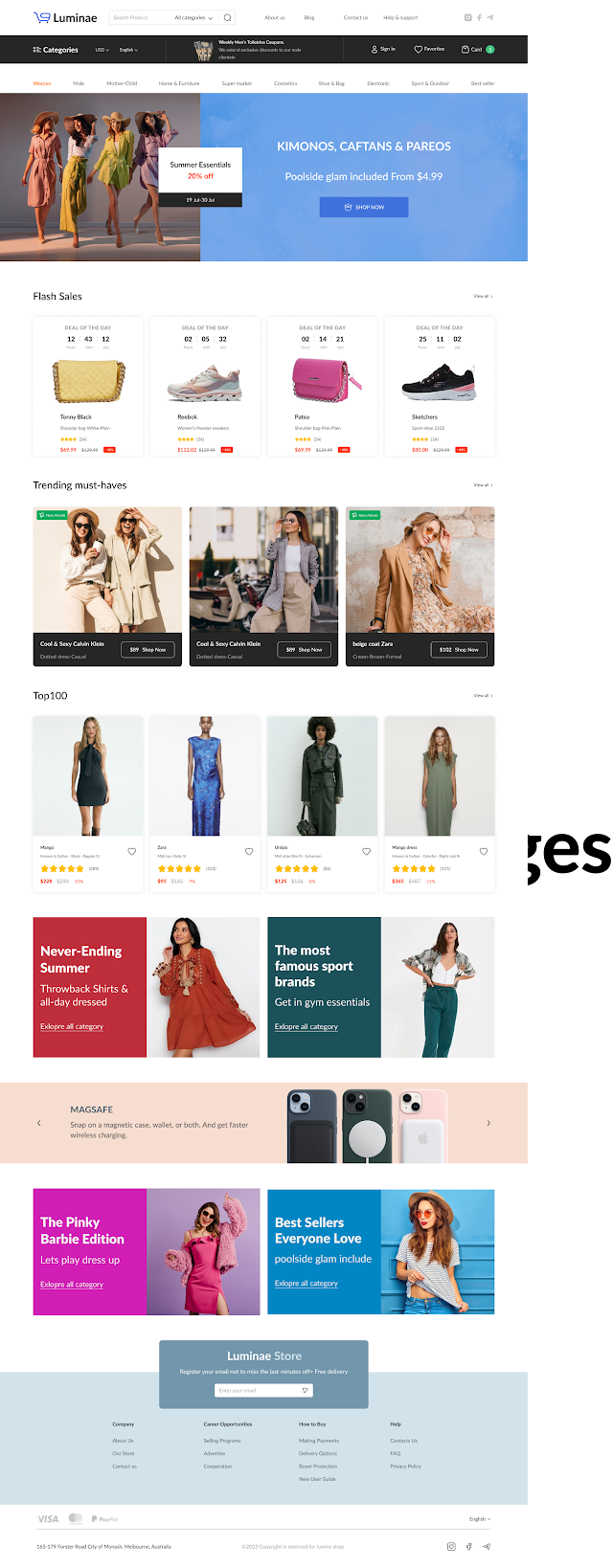The Principles of User-Centered Design: Enhancing UX for Success
 |
| Enhancing UX for Success |
The Principles of User-Centered Design: Enhancing UX for Success
User-centered design (UCD) is the backbone of creating exceptional digital experiences. In today's fast-paced digital landscape, where user expectations are higher than ever, understanding and implementing UCD principles is crucial for web and app designers. In this comprehensive guide, we'll delve into the core principles of user-centered design and how they can help you create user-friendly and successful products.
What is User-Centered Design?
User-centered design, often abbreviated as UCD, is an approach that prioritizes the end user throughout the design and development process. It places the needs, preferences, and behaviors of users at the forefront, ensuring that the final product is intuitive, efficient, and enjoyable to use.
Core Principles of User-Centered Design
User Research: The foundation of UCD is user research. It involves gathering data about your target audience, their goals, pain points, and preferences. Conduct surveys, interviews, and usability tests to gain valuable insights into user behavior.
User Persona Creation: Once you've collected user data, create user personas. These are fictional characters that represent different segments of your audience. User personas help designers understand and empathize with their users, making it easier to design with their needs in mind.
Iterative Design: UCD is an iterative process. Designers should create prototypes and gather feedback from users at various stages of development. This feedback loop allows for continuous improvement and refinement.
Consistency: Maintain consistency in design elements, such as typography, color schemes, and navigation menus. Consistency helps users feel comfortable and familiar with your product.
Simplicity: Simplicity is key to a good user experience. Avoid clutter and unnecessary complexity in your design. Focus on presenting information and functionality in a straightforward manner.
Accessibility: Ensure that your design is accessible to all users, including those with disabilities. Follow WCAG (Web Content Accessibility Guidelines) to make your digital product inclusive.
Usability Testing: Regularly conduct usability tests to identify usability issues and areas for improvement. Usability testing involves observing users as they interact with your product and making adjustments based on their feedback.
Feedback Integration: Act on user feedback promptly. Show your users that their opinions matter by implementing changes based on their suggestions. This builds trust and loyalty.
Mobile-First Approach: With the rise of mobile devices, designing for mobile-first has become a standard practice. Ensure that your design is responsive and works seamlessly on various screen sizes.
Performance Optimization: Page speed and performance are crucial for user satisfaction. Optimize your product to load quickly and respond promptly to user interactions.
The SEO Connection
Implementing these UCD principles not only enhances the user experience but also has a positive impact on your website's search engine optimization (SEO). Here's how UCD and SEO are intertwined:
1. Lower Bounce Rates
By creating a user-friendly website that caters to the needs and expectations of your audience, you're likely to reduce bounce rates. When users find what they're looking for easily, they're more likely to stay on your site, explore further, and engage with your content. Google considers lower bounce rates a positive signal for SEO rankings.
2. Improved Dwell Time
Dwell time, the amount of time a user spends on a webpage, is another metric Google pays attention to. When users have a positive experience on your site due to well-thought-out design, they're more likely to spend more time exploring your content. This can have a positive impact on your SEO rankings.
3. Lower Exit Rates
Exit rates refer to the percentage of users who leave your site after viewing a specific page. A user-centered design that focuses on providing a clear and intuitive navigation path can help lower exit rates, indicating to search engines that your site offers valuable content and a good user experience.
4. Mobile Responsiveness
Google prioritizes mobile-friendly websites in its search results. A mobile-first approach to design, as advocated by UCD, ensures that your website performs well on mobile devices, potentially boosting your rankings in mobile search results.
5. Accessibility
As mentioned earlier, designing for accessibility is a UCD principle. Search engines reward websites that prioritize accessibility because it ensures a wider range of users can access and engage with your content.
Conclusion
User-centered design is not only about creating beautiful and functional products; it's also a powerful tool for improving your website's SEO. By following UCD principles, you create a user experience that encourages users to stay on your site, explore your content, and engage with your brand. This, in turn, can lead to better SEO rankings, increased organic traffic, and ultimately, online success.
Remember that UCD is an ongoing process. Regularly collect user feedback, analyze data, and adapt your design accordingly. By continuously striving to meet user needs and expectations, you'll not only enhance your website's SEO but also build a loyal user base that keeps coming back for more.


.png)



.png)

